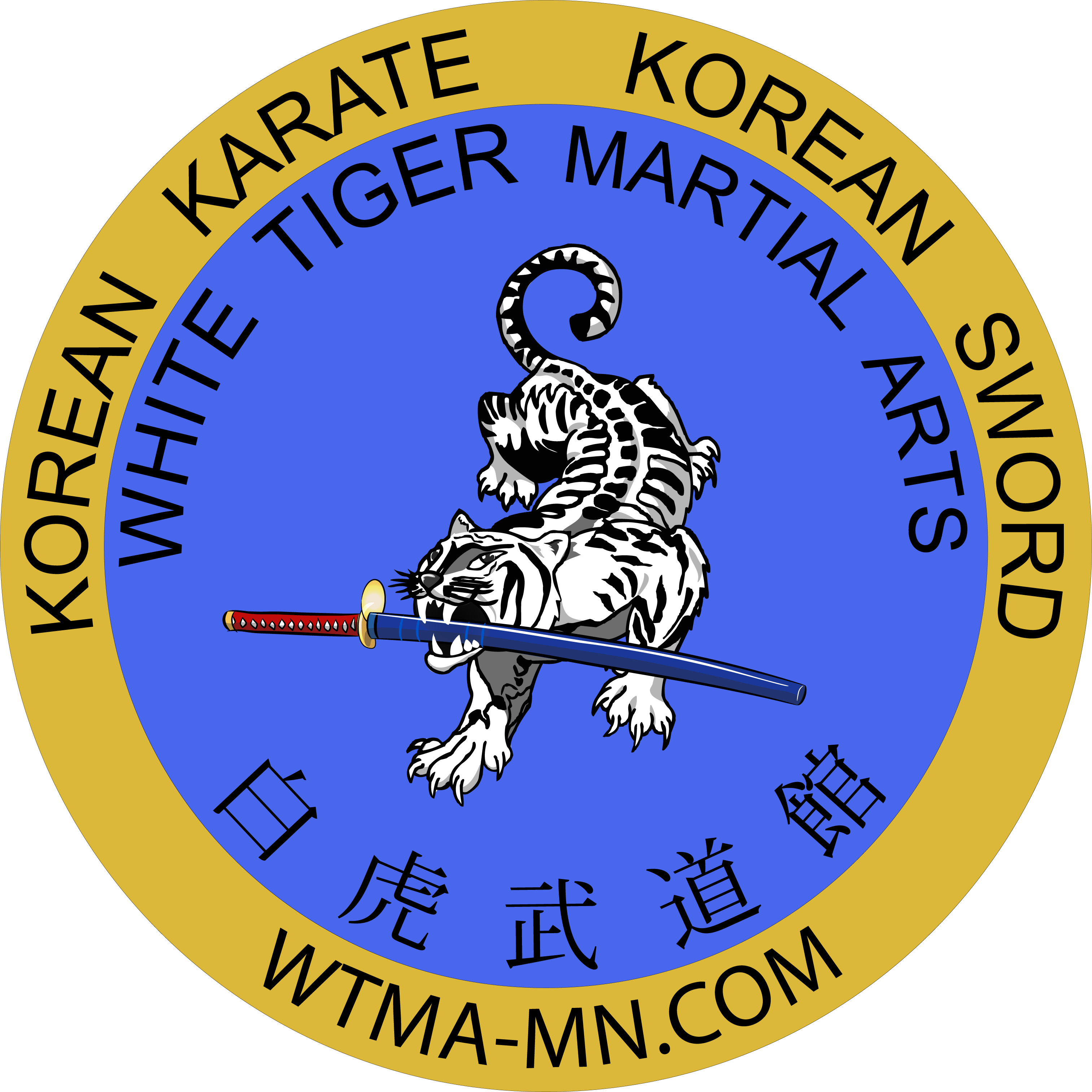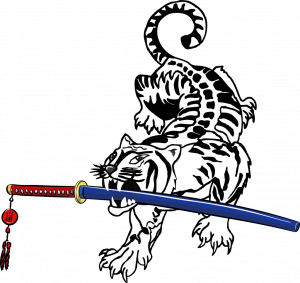 Even in the martial arts, we’ve heard this saying Perfect Practice Make Perfect and the article linked here comments on it.
Even in the martial arts, we’ve heard this saying Perfect Practice Make Perfect and the article linked here comments on it.
The start of the article discusses the 10,00-hour rule. This is something that has come up in classes recently. We had the realization that most students are actually in class training for about 100 hours per year. This being the case, students have a LONG time at each rank to prepare for promotions. To get the additional practice, students need to spend time outside of class.
Feedback during class on individual and rank group basis is provided to give students better insight into technique and movement. These are the details that give students an opportunity to analyse their personal training time.
I’ve heard a few times from students – “When you are saying what needs to be worked on. do you mean me?” and “If I practice outside of class, how do I know if I’m doing it right?”
Well, to the first one, if you think it applies or could apply to you, then it probably does. At the very least, the student should review their technique to ensure it hasn’t gone awry. The second has a bit more work in it. It is all well and good that the student can do technique during class with a teacher or senior student to monitor them, but the student must develop their ability to analyse their own technique. Without this ability, the student will never improve their technique.
The imitated movements of a technique start the process but until the student can visualize their technique, it can’t be improved. A Taekwondo example is a Roundhouse kick. If all of the parts are not included, the kick will be weak and poorly targeted. The biomechanics of the kick take time to figure out. Feedback during training will give the details for developing the kick correctly. The student needs to examine these details to make the kick complete but this will only happen when they truly analyse what the are doing.
This also holds true in Haidong Gumdo when the student must make sure their body moves correctly to ensure the proper cut direction (down, up, cross), the proper cut angle (straight, 15 degree, 45 degree), the proper sword angle (does the cutting edge actually lead the cut) and the proper cut distance to make the cut. All of these are determined by how the student moves and aligns their body. If any body movement is missing, the cut will fail.
It is one thing to know what you are trying to accomplish and something completely different to accomplish it. This is where the mind and body must connect. Performing complete correct technique is the utmost of importance. The technique must be correct from start to end and repeated until each performance is correct. You can’t fix any portion or part of a technique without doing the whole technique.
The teacher can give you the information but the student must put in the effort and commitment. This is the only way a student will develop all of the techniques, principles, concepts and strategies that exist within their art. Practice well!
Author: Master Robert Frankovich
As you read and enjoy the posts on this site, please consider “sharing” them! The “likes” help generate additional readership but “sharing” will help even more! Thank you for your assistance!
If you have questions, please feel free to contact me!


